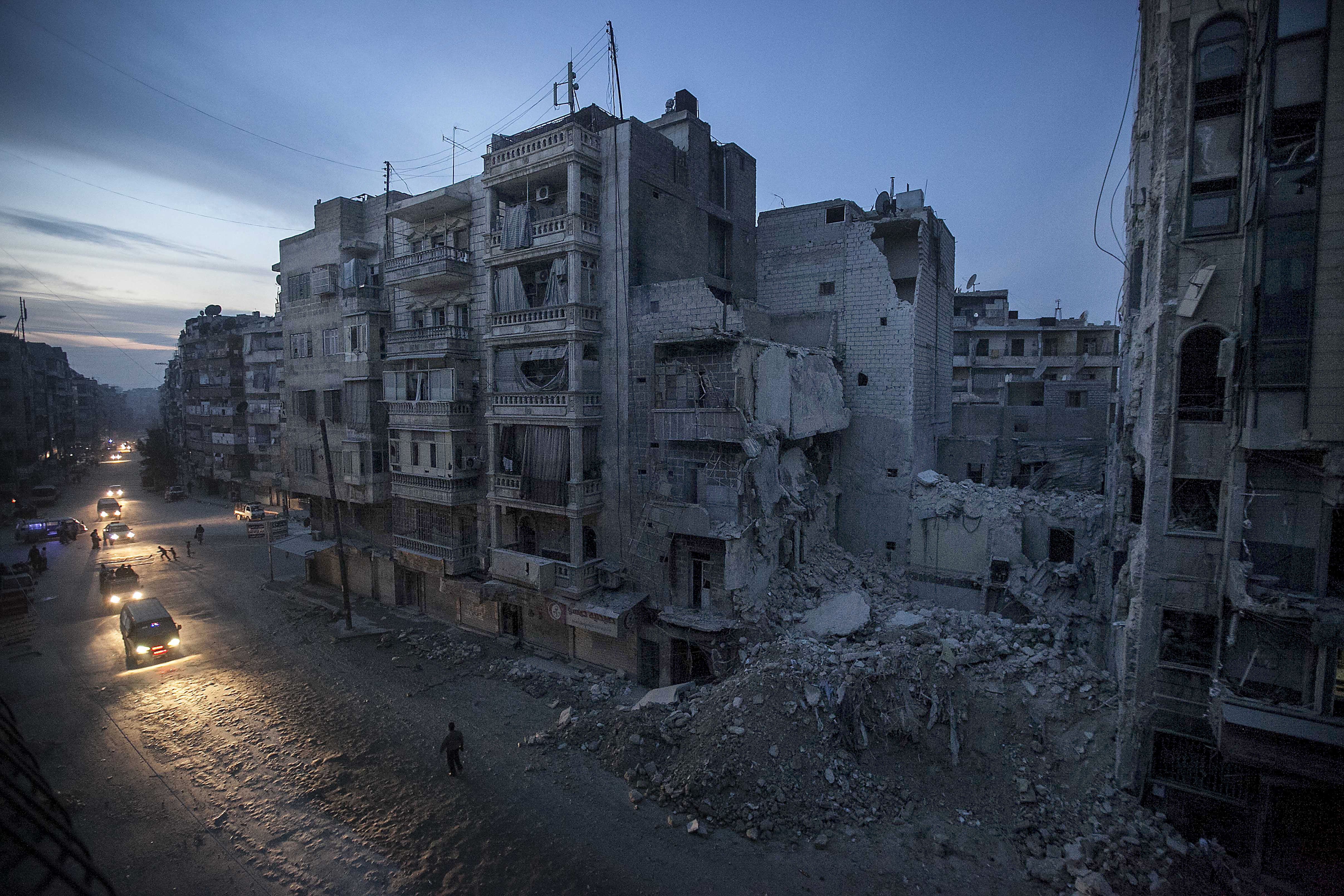Despite decades of military rule, Brazil has had limited experience with war. Aside from a limited naval participation in World War One and a 25,000-strong contribution to the Allied effort in World War Two, the country has not been involved in inter-state conflict since the nineteenth century. This has led to some concern that Brazil may not be ready or willing to take on the military responsibilities that would come with a seat on the UN Security Council. Part of Brazil’s military modernization plan involves the procurement of various defence systems, providing an interesting example of the challenges and strategies employed by emerging nations in acquiring military equipment.
In 2008, then-President Luiz Inacio da Silva approved Brazil’s first National Defence Strategy document. Among the priorities it sets out are ensuring Brazil has the military capacity to monitor and defend its extensive land borders, including the vast, largely unpopulated, Amazon and territorial waters, which became more important with the discovery of the large pré-sal oil deposits in 2007. Furthermore, Brazil takes great pride in its tradition of participation in international peace-keeping missions, as it is in charge of the UN mission in Haiti and contributes to several others. For example, the UN mission in the DRC is led by Brazilian Lieutenant General Carlos Alberto dos Santos Cruz. The Brazilian military, however, has limited power projection capacity and the Haiti mission, now in its ninth year, has forced it to improve its logistics.
These military requirements are not the only influence on the decision-making of defence planners. The National Strategy document emphasises the unbreakable link between defence and development highlighting the vital role they both play in forming a sense of national unity. Consequently, procurement decisions, like anywhere in the world, have a strong economic component to them. Not only do ministers seek to maintain Brazil’s industrial base, they seek to use defence contracts to transfer advanced military technology to Brazil. This can cause complications as the US, for example, is extremely sensitive about transferring weapons technology abroad.
The political nature of weapons sales has an impact, as well. Brazil has traditionally sought to maintain an independent foreign policy, maintaining a good relationship with the United States (until the NSA scandal) without falling in line behind it. To illustrate the complexities of Brazilian procurement processes, two recent weapons programmes are noteworthy – the Saab Gripen NG, purchased from Sweden and the PANTSIR air-defence system, purchased from Russia.
The replacement of the Brazilian Air Force’s (FAB) aging fleet of 1950s Dassault Mirages was a long and troubled process. Their replacement was proposed several times under Presidents Cardoso and Silva, until 2008, when it was restarted, as the F-X2 Project. Among the companies competing were America’s Boeing, Russia’s Sukhoi, France’s Dassault, Sweden’s Saab, and there was talk of Lockheed submitting the F-35 Lightning II for consideration. Eventually, the list had been reduced to Boeing, Dassault, and Saab. Despite assurances about technology transfer from Vice-President Joe Biden and a visit from President François Hollande, the Brazilian government went with the Saab Gripen JAS 39, citing its lower unit and operating costs and Saab’s willingness to transfer technology. This case illustrates the economic imperatives that drive many procurement decisions in terms of the military budget and the development opportunities provided by the manufacture of the JAS 39 in Brazil.
The improvement of air defence capability is a key aim for Brazil, given its enormous territory. However, the decision to purchase the Russian PANTSIR S-1 for $1-billion was announced at possibly the worst time just days after the downing of Malaysia Airlines flight MH17 by Russian-made surface to air missiles. Brazilian magazine Veja claims that the purchase was made to re-balance Russia and Brazil’s trade, as Putin was threatening sanctions on Brazilian exports of beef. The political merits of the deal outweighed the military benefits, as according to Veja, the PANTSIR meets none of the Air Force’s requirements, as they requested a system compatible with Brazilian radar, small enough to fit in an Air Force cargo plane, firing missiles with a 30km range.
With arms companies going through a “lean period,” it is quite possible that some of the more demanding restrictions on technology transfer will be loosened, which will be music to the ears of Brazilian defence officials.




